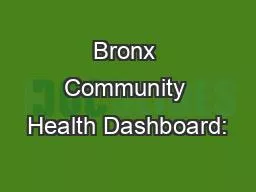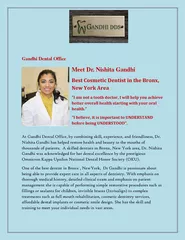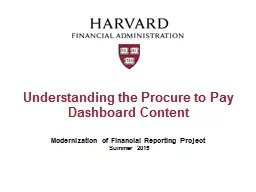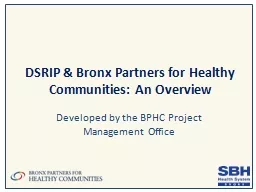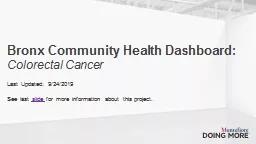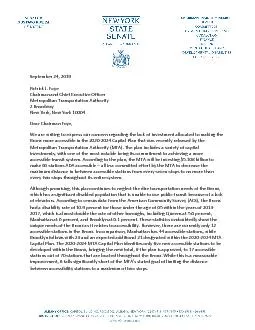PPT-Bronx Community Health Dashboard:
Author : discoverfe | Published Date : 2020-10-01
Other Cancers Last Updated 9242019 See last slide for more information about this project About this dashboard Lung colorectal prostate breast and gynecologic
Presentation Embed Code
Download Presentation
Download Presentation The PPT/PDF document "Bronx Community Health Dashboard:" is the property of its rightful owner. Permission is granted to download and print the materials on this website for personal, non-commercial use only, and to display it on your personal computer provided you do not modify the materials and that you retain all copyright notices contained in the materials. By downloading content from our website, you accept the terms of this agreement.
Bronx Community Health Dashboard:: Transcript
Download Rules Of Document
"Bronx Community Health Dashboard:"The content belongs to its owner. You may download and print it for personal use, without modification, and keep all copyright notices. By downloading, you agree to these terms.
Related Documents

